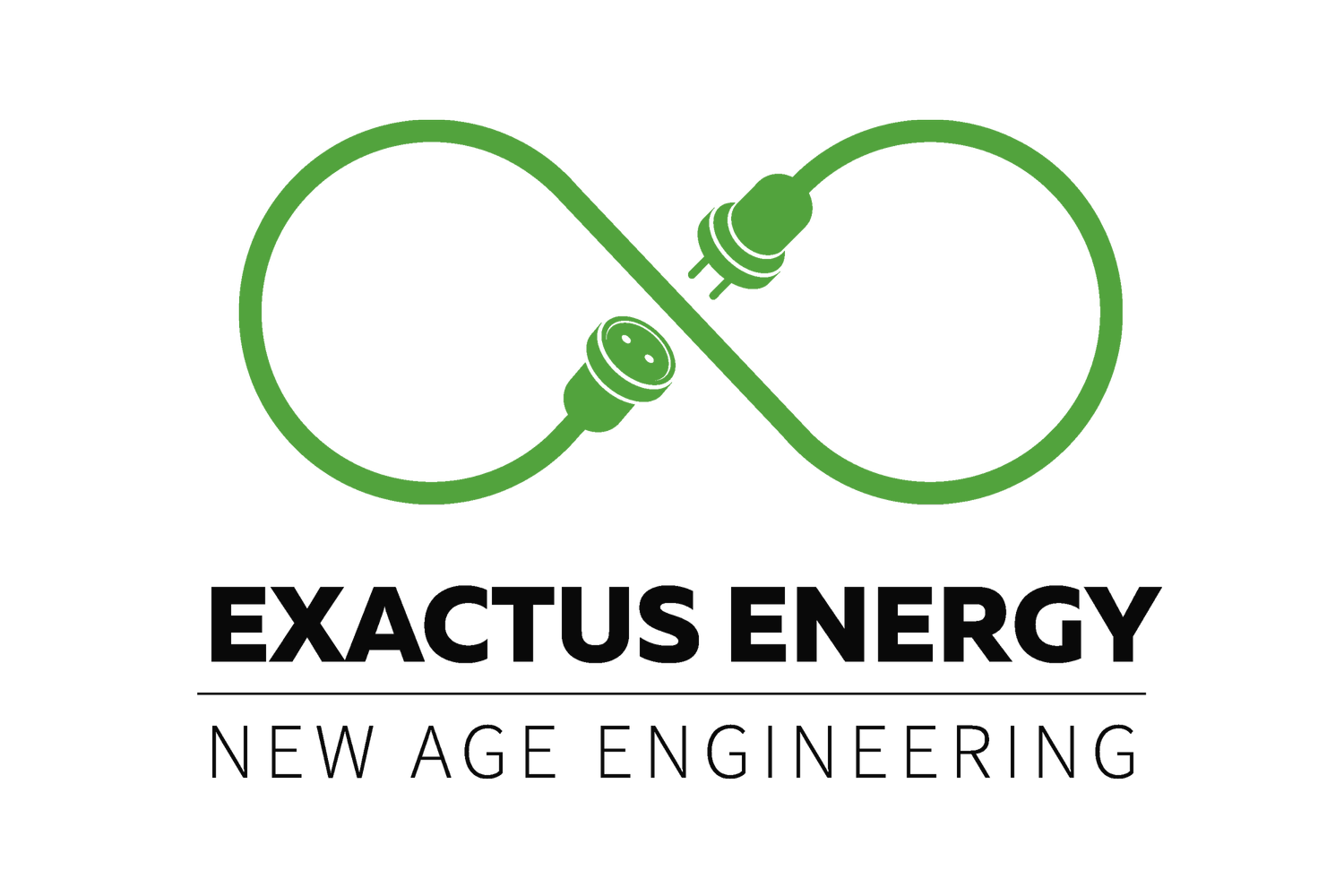In recent years, the world has witnessed a growing emphasis on renewable energy sources, with solar power leading the charge. Solar projects have gained significant traction due to their environmental benefits and potential for reducing dependence on fossil fuels. However, like any other industry, the solar sector is not immune to economic fluctuations. One such factor that can significantly impact solar projects, and their progression, is the rise in interest rates. In this blog post, we will delve into the intricacies of how rising interest rates affect solar projects and explore strategies to mitigate their adverse effects.
Understanding the Connection: Rising Interest Rates and Solar Projects
Interest rates play a pivotal role in shaping economic landscapes. When interest rates rise, the cost of borrowing increases, making financing more expensive for various sectors, including renewable energy. Solar projects are capital-intensive endeavours that often rely on external financing, and a rise in interest rates can directly affect their financial viability. Here's how:
Increased financing costs
Solar projects, whether residential, commercial, or utility-scale, require substantial upfront investments. Developers, and clients, often rely on loans to cover these costs. When interest rates rise, the cost of these loans escalates, potentially increasing the overall project cost.
impact on ROI
Solar projects are typically evaluated based on their Return On Investment (ROI) over the project's lifespan. A rise in interest rates can lead to higher financing costs, which might negatively impact the project's ROI, making it less attractive to investors.
Delayed decision-making
Uncertainty surrounding rising interest rates can lead to delayed decision-making. Project developers might postpone or scale back their solar initiatives until there is more clarity on the interest rate landscape, potentially slowing down the transition to renewable energy.
Mitigating the Effects: Strategies to Reduce the Impact of Rising Interest Rates
While the impact of rising interest rates on solar projects is undeniable, there are several proactive strategies that stakeholders can adopt to minimize the adverse effects and ensure the continued growth of the solar sector.
Locking in low rates
One effective strategy is to secure financing when interest rates are low. Long-term financing options, such as fixed-rate loans, can provide stability by locking in favourable rates for the project's duration, shielding it from future interest rate hikes.
Exploring alternative financing
Developers can explore innovative financing models like power purchase agreements (PPAs) and leasing arrangements. These models can help shift the financing burden away from the developer and onto third-party entities, reducing the project's exposure to interest rate fluctuations.
Enhanced Project efficiency
Increasing the efficiency of solar projects can mitigate the impact of rising interest rates by boosting their overall performance. Incorporating advanced solar technology, optimizing panel placement, and utilizing energy storage solutions can enhance the project's revenue potential and improve its ability to service debt.
Diversification of funding sources
Relying solely on traditional loans for financing can make projects vulnerable to interest rate changes. Diversifying funding sources, such as seeking investment from private equity firms, venture capitalists, or impact investors, can provide more stability and flexibility in a changing interest rate environment.
government support and incentives
Governments around the world are committed to promoting renewable energy adoption. Developers can tap into various incentives, grants, and subsidies aimed at fostering the growth of solar projects. These measures can help offset the impact of rising interest rates by reducing the upfront costs.
continuous monitoring and adaptation
Staying informed about economic trends and interest rate forecasts is crucial. Developers should continually assess the financial landscape and be prepared to adjust their strategies based on evolving market conditions.
Going Forward
As the world continues its shift towards sustainable energy sources, solar projects remain a key player in the global energy transition. However, the interplay between economic factors like rising interest rates and solar projects cannot be ignored. By understanding the dynamics at play and adopting proactive strategies, stakeholders in the solar industry can mitigate the adverse effects of rising interest rates. From locking in favourable growth of solar projects financing terms to diversifying funding sources and enhancing project efficiency, a combination of well-informed decisions can help ensure the resilience and growth of solar projects even in a changing economic landscape.


